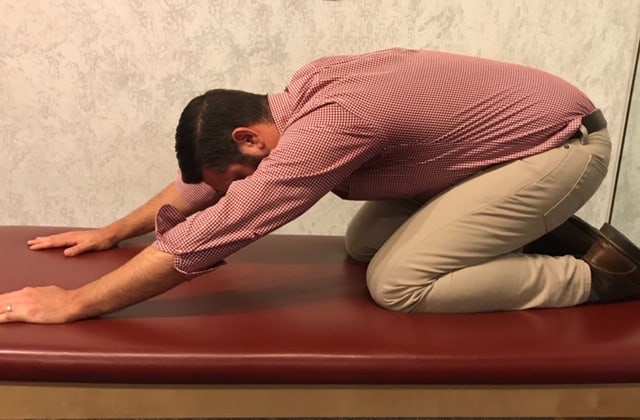
Part 2 of 3
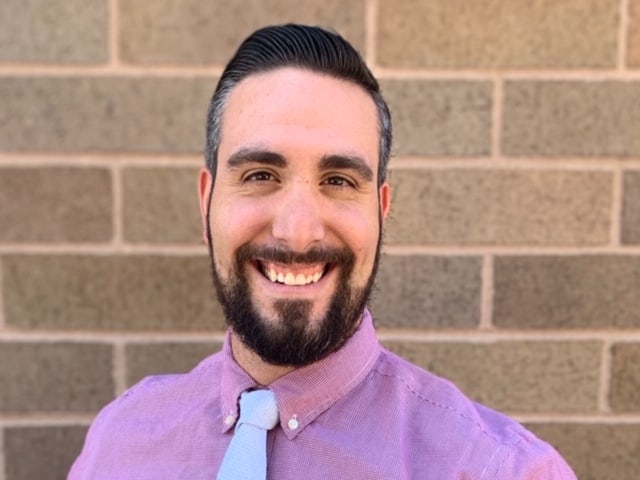
GUEST COLUMNIST: Paul Mackarey, Jr. DPT
Lower back pain (LBP) is one of the most common problems in our society. In fact, over 85-90% of all Americans will suffer from back pain at least once in their lives. It affects productivity in the workplace and lifestyles at home. The medical costs of treatment including; medication, physical therapy, alternative medicine, and surgery are staggering. It is generally agreed that prevention is the best treatment for LBP.
Last week, we discussed the importance of early intervention, controlled movement and proper exercise as a very important part of minimizing the lasting effects felt from a new or recurring exacerbation of back pain. However, it is important to have an understanding of what is the “best” type of movement and exercise for your back. This differs from person to person. Often your spine has a “directional preference” or a specific direction that fosters the healing process. Moreover, this preference will also limit movement in the wrong direction which may delay healing. The two most common and easily assessed directional preferences are flexion directional preference (FDP) or bending forward and extension directional preference (EDP) or bending backward.
Flexion Directional Preference: FDP occurs in people with back pain who experience little to no pain when bending forward or sitting down. Due to the fact that the back undergoes normal and natural changes as we age, the position we are most comfortable in also changes. Typically, this change occurs around the age of 50 – 60 years old; however, it can begin earlier depending on the individual. If you find that sitting or bending forward is a position of comfort and eases your back pain than you have FDP and your back can heal faster when selecting exercises that focus on repeated bending. Exercises such as single knee to chest, double knee to chest or child pose may be the best for you. (See Photos 1-3 below)
Extension Directional Preference: EDP occurs in people with back pain who experience little to no pain when standing, walking and/or bending backwards at the hips. This is best assessed when lying prone (on your belly) and bending backwards by propping up on your elbows/forearms. If this position is pain free than you may have EDP. Commonly, individuals that fall in this category range from the age of 45 years old and younger. Exercises that focus on the direction of extension are best. Selecting exercises such as prone on elbows, prone press up, open books and modified planks are best. (See Photos 4-7 below)
Always consult with your physician or physical therapist before beginning a new exercise program. Please perform slowly, hold for 3-5 seconds and repeat 6 times each 6 times per day. Do not continue the exercises if symptoms worsen.
PHOTO 1: Single Knee to Chest (best for FDP) While lying on your back grab the back of the one knee and pull the knee toward your chest. Alternate knees.
PHOTO 2: Double Knee to Chest (best for FDP) While lying on your back grab the back of the both knees and pull knees toward your chest
PHOTO 3: Child’s Pose (best for FDP) Begin in quadruped position (on hands and knees) and bend at the hips as your butt moves toward your heels.
PHOTO 4: Prone on Elbows: (best for EDP) While lying on your belly, prop up on your forearms to extend your lower back.
PHOTO 5: Prone Press Up: (best for EDP) While lying on your belly, prop up on your forearms, then straighten your elbows to further extend your lower back.
PHOTO 6: Open Book: (best for EDP) While lying on your side with the bottom knee straight and top knee bent, rotate by opening the arms and reaching behind you. Relax the back and let gravity give you the stretch. Then, alternate sides.
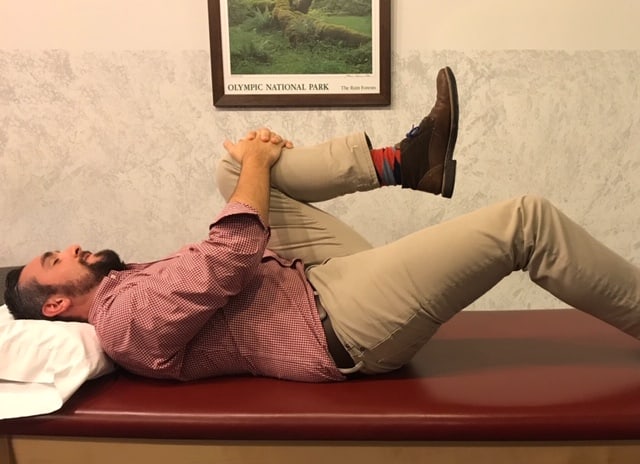
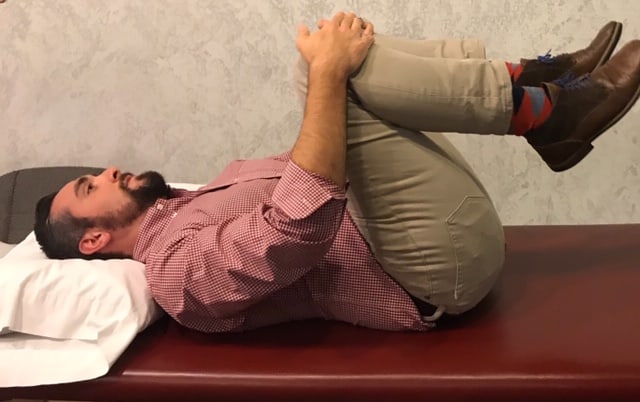


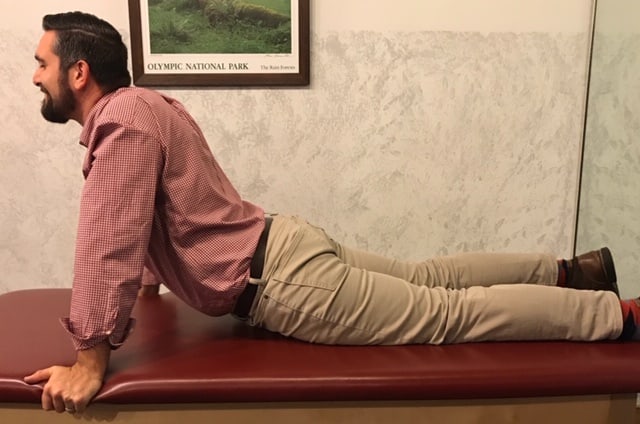
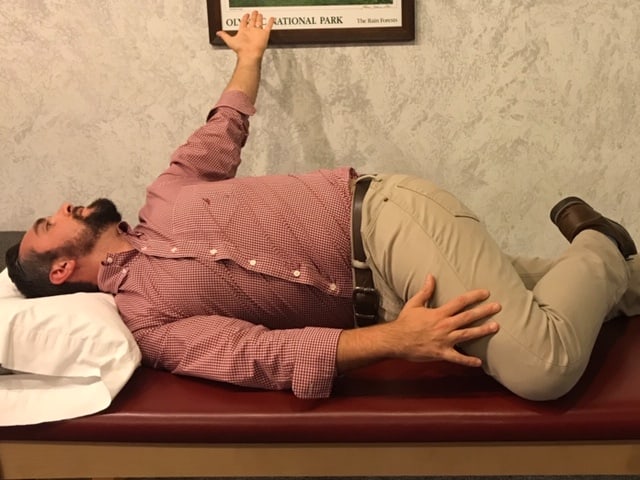
GUEST COLUMNIST: Paul Mackarey, Jr. DPT is the clinic director at Mackarey & Mackarey Physical Therapy Consultants, LLC where he specializes in the prevention and treatment of neck and LBP.
NEXT MONDAY – Read Dr. Paul J. Mackarey “Health & Exercise Forum!” Next Week – LBP Part 3 of 3
This article is not intended as a substitute for medical treatment. If you have questions related to your medical condition, please contact your family physician. For further inquires related to this topic email: drpmackarey@msn.com
Paul J. Mackarey PT, DHSc, OCS is a Doctor in Health Sciences specializing in orthopaedic and sports physical therapy. Dr. Mackarey is in private practice in downtown Scranton and is an associate professor of clinical medicine at GCSOM.Visit your physician regularly and listen to your body